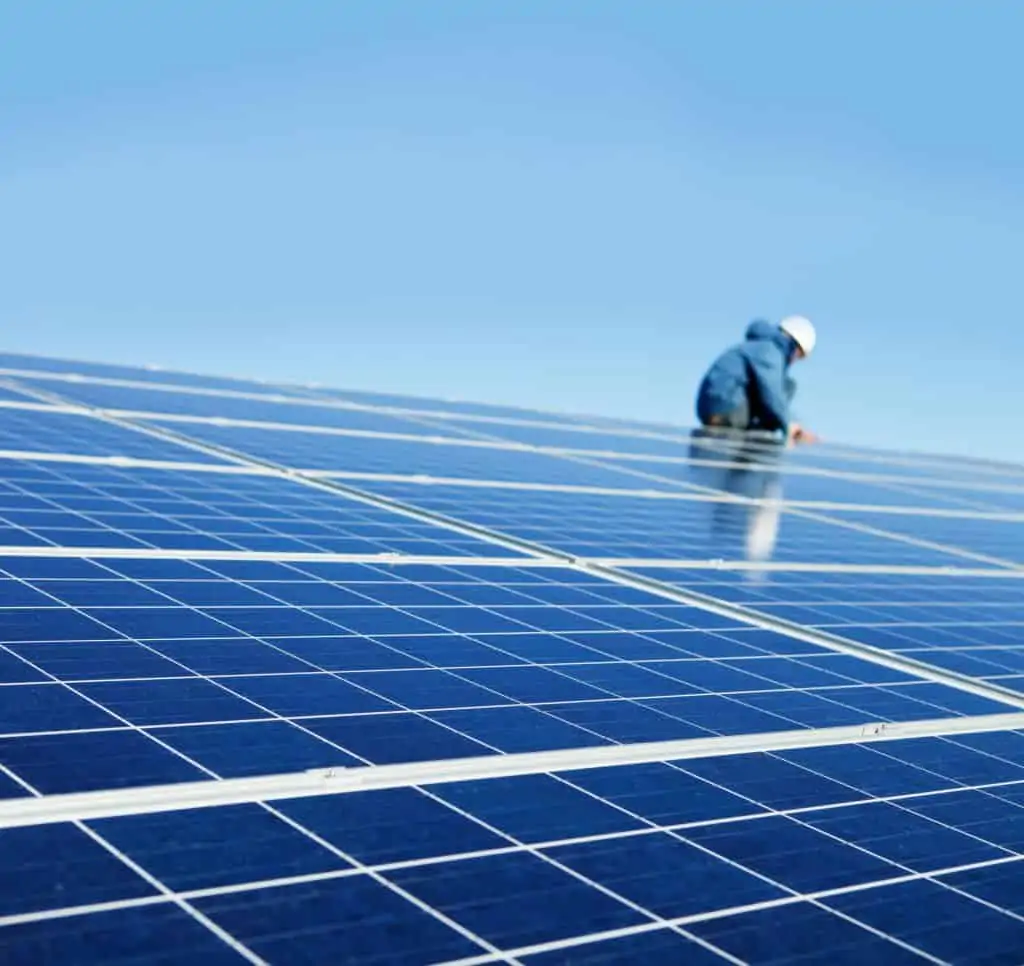California currently generates 5% of its electricity from solar energy. And the state is on track to generate 33% of its electricity from renewable power by 2020. Thanks to very ambitious green mandates, utilities are required to invest in cleaner and more sustainable forms of energy.
SDG&E has already met its targets a full 6 years ahead of schedule, and other state utilities aren’t far behind.
In fact, the progress has been so fast that Gov. Brown wants to increase California’s renewable energy mandate to 50% by 2030.
Is this realistic?
It depends on whom you ask:
- At Sunline Energy, we believe that 100% renewable energy is achievable. And we’re not alone in this thinking. The Solutions Project has already mapped out what it would take.
- Others – namely utilities – believe that the green shift will be too costly. And they prefer investing in fossil fuel-based resources to meet the state’s electricity requirements.
And then you have middle-of-the-roaders who believe that it is doable – but it’ll require a lot of work. The California Independent System Operator (ISO) tends to be more conservative. But it recently published a new roadmap entitled, Pursuing a Strategic Vision for a Sustainable Energy Future.
What’s in the California ISO’s Renewable Energy Roadmap?
In this newly published strategy guide, the ISO outlines many of the key challenges and opportunities that California faces as it brings on more renewable energy resources like solar, wind, and geothermal.
It’s worth noting that most of the challenges aren’t really technological. We already have the tools required to wean ourselves off of fossil fuel. The key hurdles are largely political.
According to ISO president and CEO, Steve Berberich,
This strategic vision outlines how the ISO will respond to a rapidly changing electric system…. We will keep our focus on reducing carbon, lowering costs, and working collaboratively for everyone’s benefit, while maintaining a reliable grid.
Why Even Have a Renewable Energy Roadmap?
According to ISO chairman of the board, Richard Maullin, the primary motivation for this strategy guide is to help California more intelligently incorporate new forms of energy. Solar is booming across the state, and California’s current grid just wasn’t designed for this tremendous influx of power – much of which is intermittent. Solar and wind are extremely reliable in the long run. But they are not predictable in the short term. And utility providers often have a difficult time matching electricity supply with demand.
According to the roadmap,
As increasing amounts of renewable resources come on line, challenges emerge for using those resources efficiently. There are already certain times of day when more renewable energy is being generated than there is demand to use it. Relying more on renewable resources to meet our energy needs will require thoughtful changes in policy and innovations in technology.
Another key motivation for the California ISO’s report is global warming. Here are some shocking statistics that the report includes:
- The Earth’s average temperature has risen roughly 1.4 degrees Fahrenheit over the past 100 years.
- From 1990 to 2012, CO2 emissions have increased 5% nationwide.
- 32% of all greenhouse gas emissions in America come from electricity generated using fossil fuel-based resources.
- In 2014, the South Coast Air Basin experienced 93 days during which air pollution levels exceeded the federally accepted standard.
California ISO Recommends a 3-Pronged Strategy
Over the next few days, will look at the 3 core components that the California ISO recommends adopting for a cleaner and more sustainable future. Tune in tomorrow when we look at the first strategy – Making the Grid Green-Friendly.


